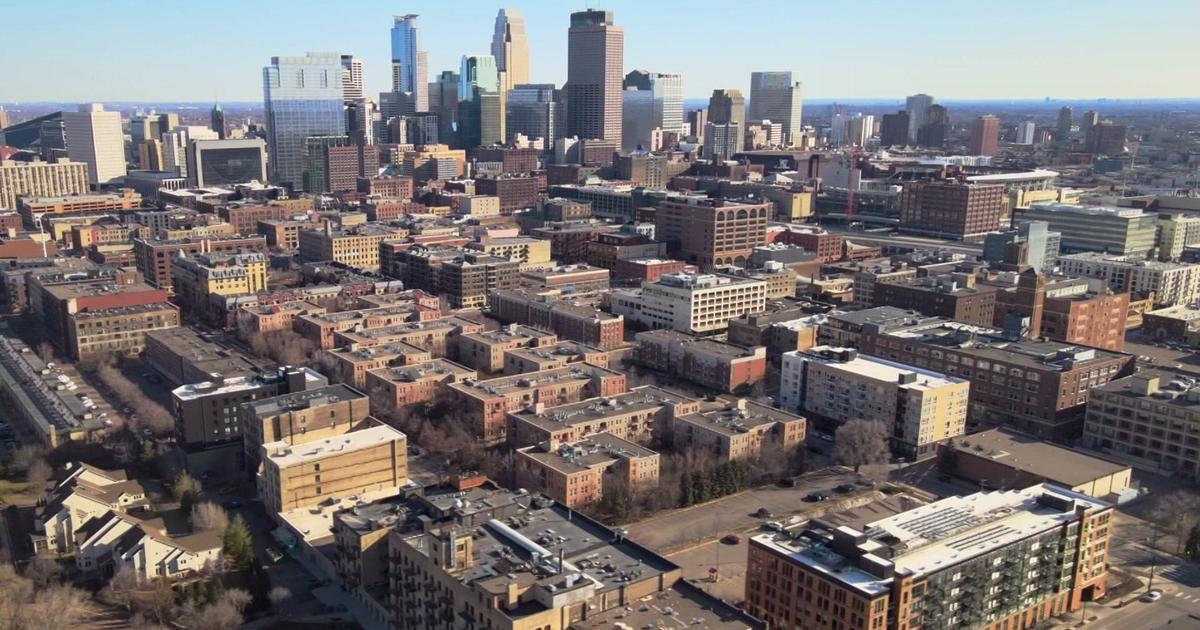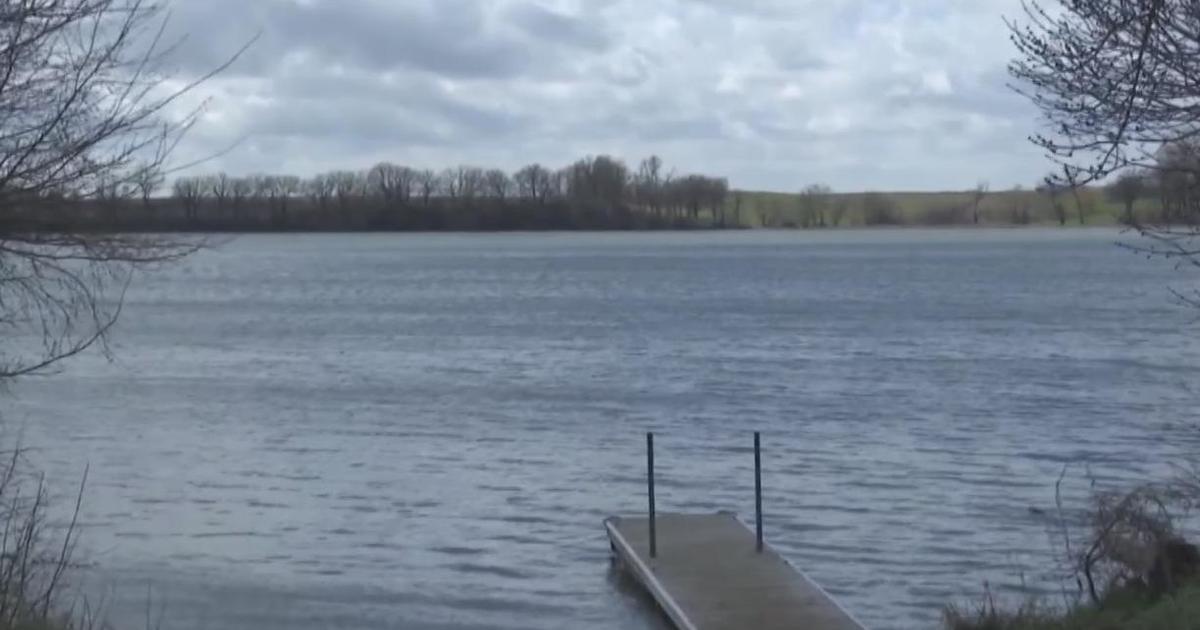Obama Orders Minnesota To Cut Emissions 41 Percent
MINNEAPOLIS (AP/WCCO) — Minnesota, which already successfully lowered carbon emissions and capitalized on renewable energy sources, must cut carbon dioxide emissions by nearly 41 percent over the next 15 years as part of a sweeping plan President Barack Obama announced Monday to reduce pollution from power plants.
Obama's plan calls for a 30 percent reduction in carbon emissions nationwide by 2030, when compared with 2005 levels. It sets different goals for each state, and some that rely heavily on coal won't have to make as many reductions. Minnesota is one of nine states told to reduce their 2012 levels by more than 40 percent, to help meet the nation's overall reduction goal.
Officials with the Minnesota Pollution Control Agency, utilities and environmental groups were still reviewing the proposed rules Monday and didn't have specifics on the impact for Minnesota. But they agreed the rules will help the environment and the economy — and that Minnesota is well-positioned going forward.
Obama Orders Minnesota To Cut Emissions 41 Percent
"We're pretty confident that Minnesota is in pretty good shape," said David Thornton, assistant commissioner for air policy at the MPCA. "We've already been doing this stuff for several years now. We've got renewable energy. We've got many efforts underway to reduce the amount of energy people use."
"Minnesota has a history of being a leader in cleaning up our utility industry so I'm sure we will be fine," Thorton said.
"... We know how to do it," he said.
"Whatever they're asking, we're going to meet it," said Minnesota Sen. John Marty, D-Roseville, adding that the state would create more jobs and a cleaner environment in the process.
In the 645-page plan, the U.S. Environmental Protection Agency cited Minnesota's work in reducing emissions. In 2007, the state Legislature created a standard that requires at least 25 percent of all electricity generated or purchased in Minnesota to come from renewable energy by 2025. Just last year, the Legislature expanded that, requiring that an additional 1.5 percent of retail electricity come from solar energy by 2020.
Thornton said the systems already in place will make it easier for Minnesota to meet the new rules.
"I think this rule is a big step forward," Thornton said. "It's time for everyone to begin doing things like Minnesota has for reducing greenhouse gas emissions."
According to the U.S. Energy Information Administration, 43.5 percent of Minnesota's energy came from coal in 2012, 22.9 percent came from nuclear energy, and 13.6 percent came from natural gas. The agency says wind energy was 14.6 percent of Minnesota's energy mix in 2012.
J. Drake Hamilton, science policy director for Fresh Energy, said the wind power industry has invested $5.5 billion in Minnesota's economy and supports about 2,000 jobs. The amount of wind power used has allowed Minnesota to avoid about 5 million metric tons of carbon dioxide emissions since the early 1990s, most of that since 2007, she said.
Xcel Energy, the largest utility in Minnesota, is just one utility that has worked to cut carbon dioxide emissions. Laura McCarten, regional vice president, said the utility is the top provider of wind energy in the country, and in the last five years it has converted two inefficient coal plants to natural gas power plants. Those efforts have helped the company reduce its carbon dioxide emissions by 20 percent since 2005, she said.
"We already have an energy mix that is 50 percent carbon free because of our nuclear power plants, as well as our renewable energy," she said. By the end of 2015, Xcel is going to be adding another 750 megawatts of wind energy — a 42 percent increase over today's capacity.
"EPA's proposed greenhouse gas rule has potential to significantly change how we produce and consume electricity in this country," said Ben Fowke, chairman, president and chief executive of Xcel Energy.
(© Copyright 2014 The Associated Press. All Rights Reserved. This material may not be published, broadcast, rewritten or redistributed.)



